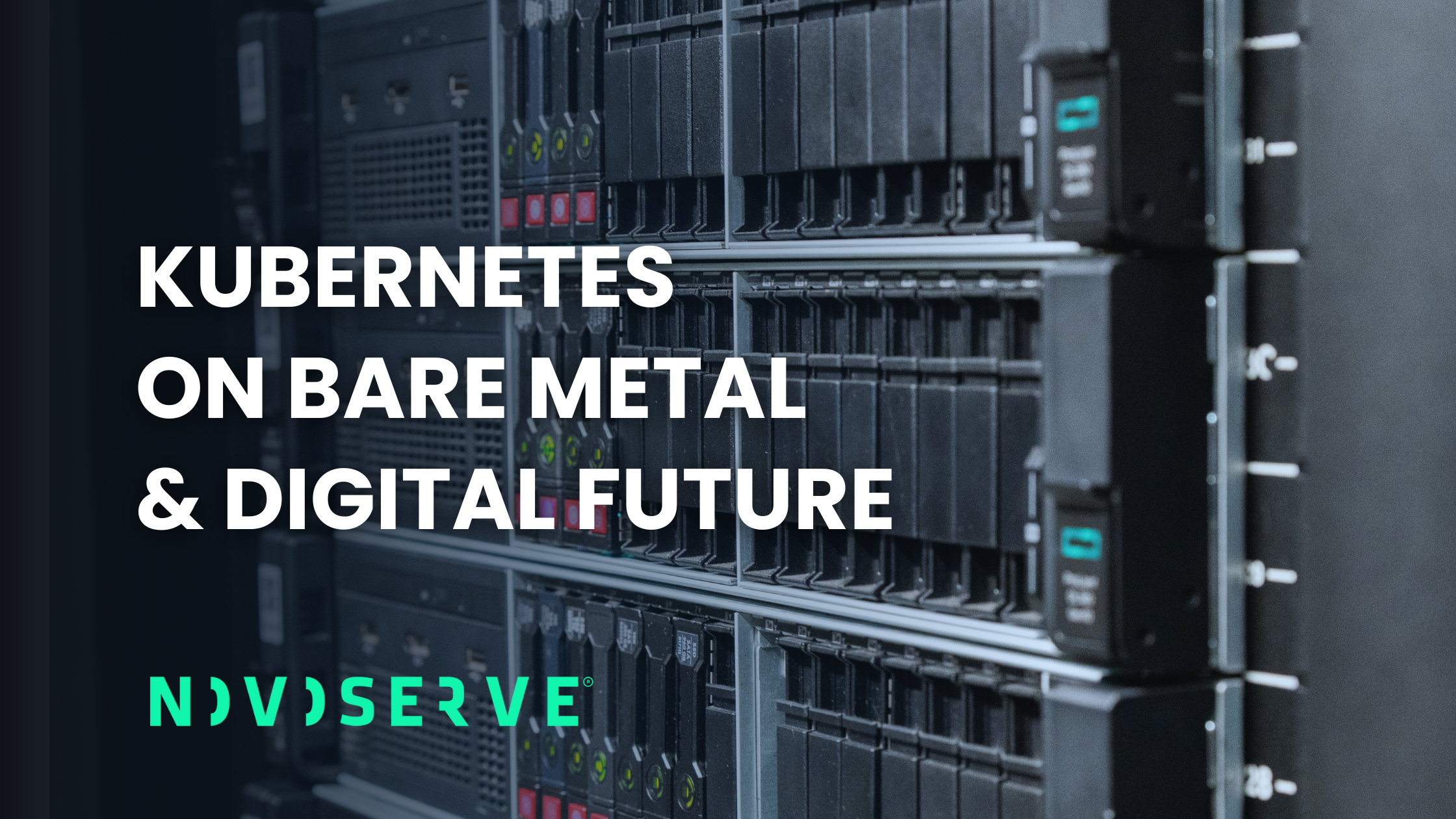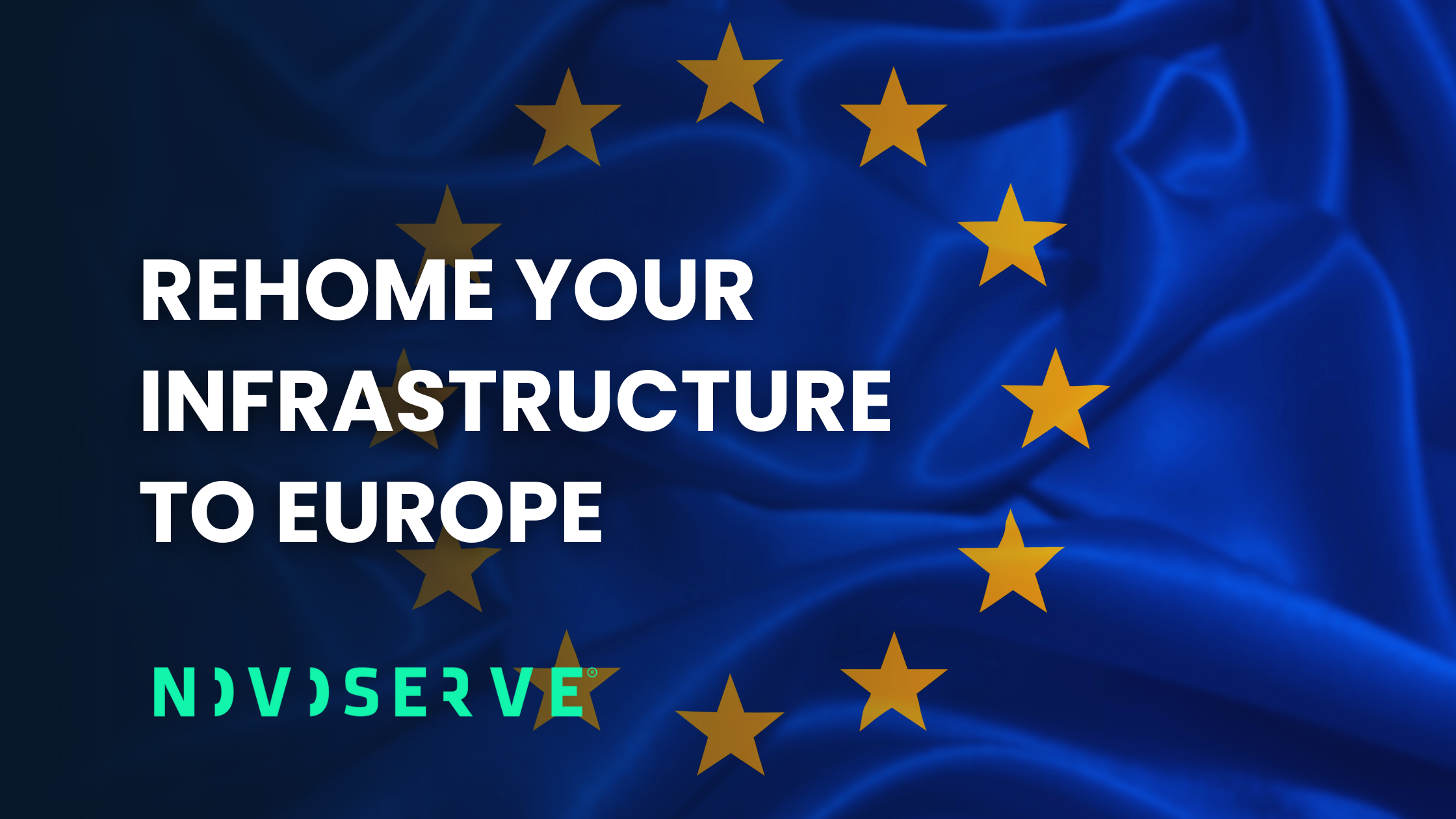Kubernetes on bare metal is transforming how European enterprises build and scale their digital infrastructure. For more than a decade, public cloud was the default choice, with hyperscalers like AWS, Microsoft Azure, and Google Cloud offering global reach and flexibility. In Europe, too, public cloud adoption surged. Yet in 2025, a very different story is emerging: one of sovereignty, performance, predictability, and long-term resilience.
By 2026, the European infrastructure landscape will look far more hybrid than anyone would have predicted five years ago. The reason is simple: enterprises are realizing that sovereignty and compliance are not optional, that performance matters when digital services define competitiveness, and that cost predictability is a strategic asset in volatile markets. Bare metal, once seen as the old-school sibling of cloud, is suddenly back at the center of the conversation, and Kubernetes is making that return more powerful than ever.
Europe’s Market Trajectory Toward 2026
Market analysts forecast that European public cloud spending will nearly double by 2026, reaching over $200 billion annually. On the surface, that appears to be a victory for hyperscalers. Yet the same reports reveal a deeper reality: growth is not uniform. While SaaS adoption remains strong, infrastructure services are increasingly being scrutinized for issues of compliance, cost, and control.
At the same time, Europe’s data center capacity is expanding at unprecedented speed. In 2025 alone, analysts expect a 43% increase in new capacity across the continent, driven not only by hyperscalers but also by regional providers and enterprise-owned facilities. By 2026, markets such as Frankfurt, Amsterdam, Paris, and London will be joined by rising hubs in Madrid, Milan, and Warsaw. The drivers are not just demand for cloud services but also for sovereign infrastructure, private clouds, and GPU clusters capable of powering artificial intelligence at scale.
The implication is clear: Europe’s digital economy is entering a new phase. Growth is not only about adopting more cloud services but also about diversifying infrastructure strategies to align with sovereignty, performance, and sustainability.
The Pressure of Sovereignty
Sovereignty is no longer an abstract concept debated by policymakers; it is a boardroom priority. The US CLOUD Act, which allows American authorities to request data from US-based companies regardless of where it is stored, has exposed the limits of relying on foreign hyperscalers for critical infrastructure. European regulators and enterprises alike have realized that simply placing workloads in a data center located in Frankfurt or Paris does not guarantee protection if the provider itself is bound by US jurisdiction.
This tension has accelerated the search for alternatives that are not merely compliant on paper but sovereign in practice. Bare metal operated by European
providers offers exactly that. Because ownership, operation, and jurisdiction remain fully under European law, companies in highly regulated industries, from finance and healthcare to government and defense, are increasingly choosing dedicated infrastructure as the only true guarantee of compliance.
Kubernetes as the Catalyst
What makes this shift even more compelling is Kubernetes. The container orchestration platform has become the de facto standard for modern workloads, but its evolution is changing how and where companies deploy it. While many organizations initially embraced Kubernetes in the public cloud through managed services, a growing number are now running Kubernetes clusters directly on bare metal.
The reasons are multifaceted. Performance is one: removing the virtualization layer eliminates overhead and ensures the kind of low-latency responsiveness that industries like financial trading, gaming, and AdTech require. Cost predictability is another: instead of dealing with the egress fees, fluctuating pricing models, and hidden costs of hyperscalers, enterprises can forecast and control expenses more accurately on dedicated infrastructure
Perhaps most importantly, Kubernetes on bare metal restores sovereignty. By orchestrating workloads in their own environments, European companies are not only avoiding foreign jurisdictional risks but also aligning infrastructure with regulatory frameworks such as GDPR and PCI-DSS. This model allows organizations to scale like the cloud while remaining fully in control of data access, storage, and compliance.
Why the Shift Is Accelerating
The timing of this transition is not coincidental. The explosive growth of AI and machine learning is pushing companies to rethink their infrastructure strategies. Training large-scale models on public cloud GPUs has proven to be both prohibitively expensive and jurisdictionally risky. Bare metal GPU clusters, on the other hand, provide raw computational power at a fraction of the cost, all while remaining under European control.
Moreover, energy and sustainability policies across the EU are forcing a re-evaluation of where and how data centers are built. Bare metal deployments in renewable-powered facilities give enterprises not only compliance and performance benefits but also alignment with environmental, social, and governance (ESG) commitments. In an era where sustainability is becoming as important as scalability, this is a decisive factor.
At the same time, enterprises are wary of vendor lock-in. The very appeal of Kubernetes lies in its portability, and running it on bare metal enhances that portability by reducing dependence on proprietary hyperscaler services.
Companies can design infrastructure strategies that balance public cloud for elasticity with bare metal for sovereignty and performance, without tying their long-term competitiveness to a single vendor’s pricing model or legal obligations.
Forecasting Europe’s Hybrid Future
By 2026, it is likely that Europe’s digital infrastructure will be defined by hybrid architectures. Public cloud will continue to dominate in certain areas, particularly for SaaS and elastic workloads. But for sensitive, performance-critical, and compliance-driven applications, bare metal will capture a growing share of enterprise spend.
Financial services firms will run latency-sensitive trading systems on bare metal while using the cloud for less critical analytics.
Healthcare organizations will keep patient data on sovereign infrastructure while leveraging public cloud AI services for anonymized research.
Gaming and AdTech platforms will deploy Kubernetes clusters on bare metal to deliver real-time performance without exposure to noisy neighbors or unpredictable costs.
Even government agencies, historically cautious about outsourcing, will increasingly adopt cloud-on-bare-metal models that deliver the scalability of cloud with the sovereignty of dedicated servers.
The growth trajectory supports this shift. Analysts expect bare metal cloud as a service to expand rapidly, with the market projected to exceed 36 billion dollars globally by 2030. Europe, with its unique regulatory landscape and strategic push for digital independence, will be a significant driver of that growth.
Beyond Technology: A Strategic Decision
Ultimately, the rise of bare metal and Kubernetes in Europe is not a technology story alone. It is a strategy story. Infrastructure choices are no longer limited to technical teams; they are decisions that shape legal exposure, customer trust, financial predictability, and environmental responsibility.
For European enterprises, the question is no longer whether to adopt the cloud but how to design an infrastructure strategy that balances flexibility with sovereignty, scalability with performance, and innovation with resilience. Bare metal- especially when combined with Kubernetes, provides a powerful answer.
In a world where digital borders are as contested as physical ones, infrastructure sovereignty is not just about compliance. It is about independence, competitiveness, and the ability to define your own future. Europe’s shift from hyperscaler dependency toward hybrid and bare metal architectures is more than a technical adjustment; it is a declaration of digital self-determination.
And as 2026 approaches, the companies that embrace this shift will not only protect themselves from risk but also position themselves for long-term growth in an economy where infrastructure is a strategy.



